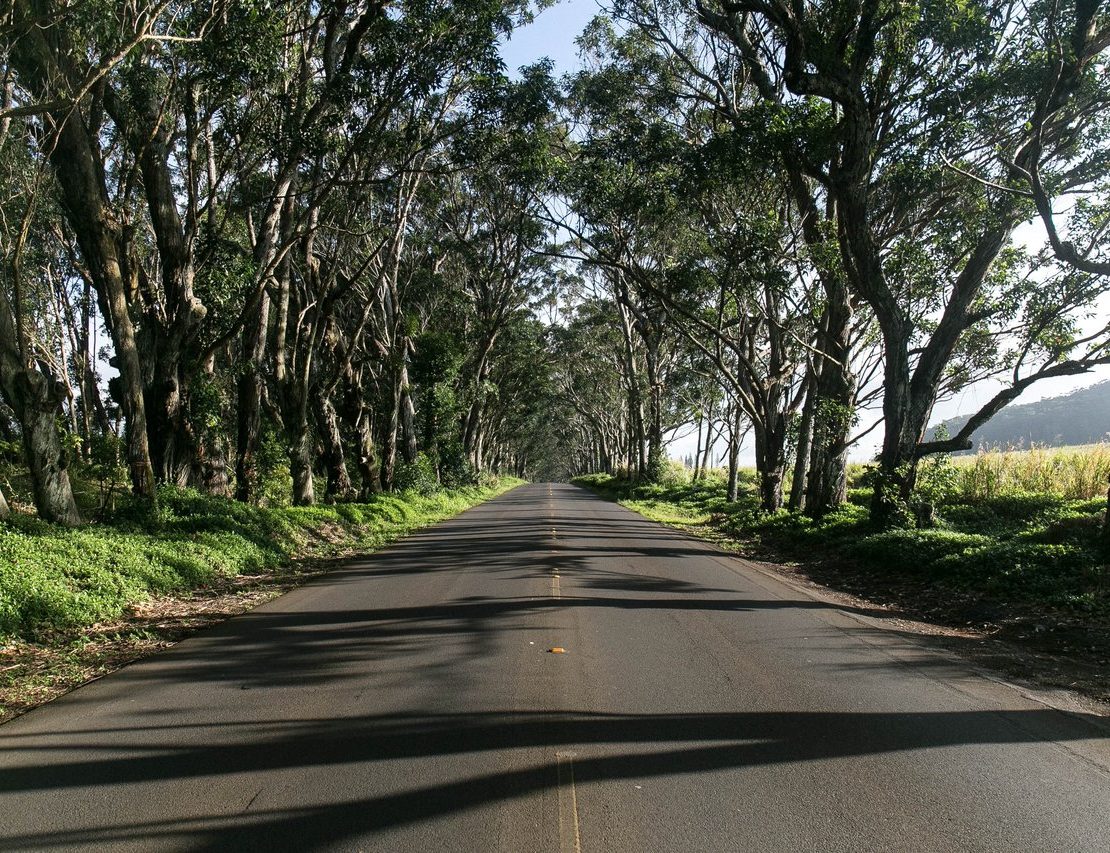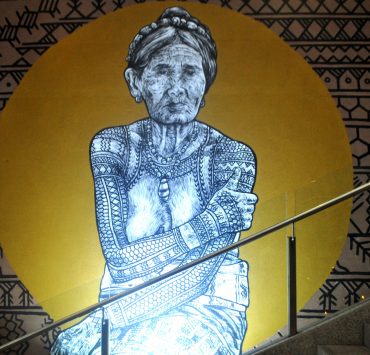Earlier this week, Speaker Pantaleon Alvarez with leaders of the House of Representatives went on a road trip through Northern and Central Luzon, and his takeaway upon his return is that more infrastructure projects are needed to address the problem with narrow roads and highways.
Okay.
“We have to sacrifice the trees and just plant more to replace them,” Alvarez said.
Wait, what?
Although Alvarez suggests using earth-balling to uproot trees and replant them instead of cutting them, this process requires special equipment and special care for the transplanted trees’ recovery. He also assures that the proper permits will be procured from the Department of Environment and Natural Resources before any actions are done on the trees, but somehow, we’re still not convinced.
Let’s look at two of the government’s proposed solutions to tree cutting and two solutions we’d rather have them do.
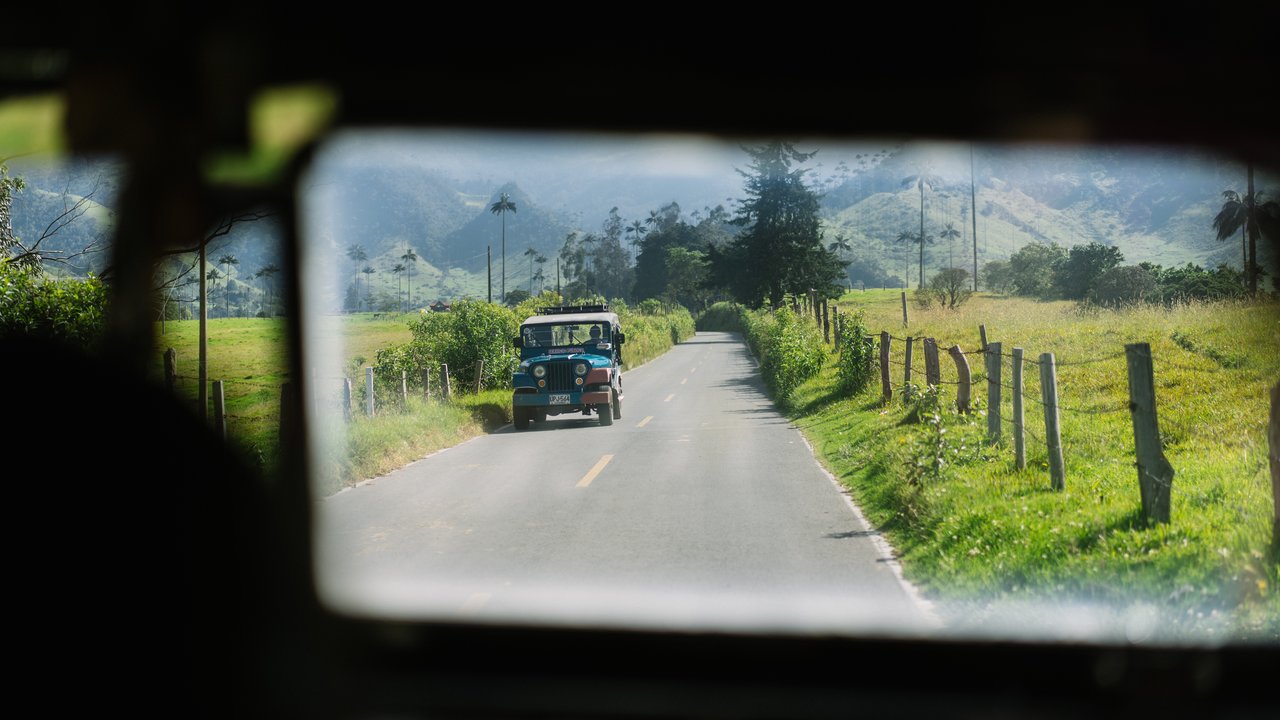
Government solution #1: Earth-balling
Earth-balling is supposedly a more environment-friendly way of removing trees from any space. It entails digging out the earth around the tree and its roots in a ball-like shape, and transferring it to a new location with the root system intact.
There are several requirements for earth-balling to be successful. First—and the government already acknowledges this—it will need special equipment, hence, additional costs. Second, the process doesn’t end after the trees have been transferred. Just like humans, trees may experience shock or stress after being transferred to new land. As such, tree-cutting permits may also include stipulations like the responsible entity (in this case the Department of Public Works and Highways, for road widening projects) must maintain the transplanted trees for at least three years.
Are we really sure they’ll be able to care for all the trees as they recover?
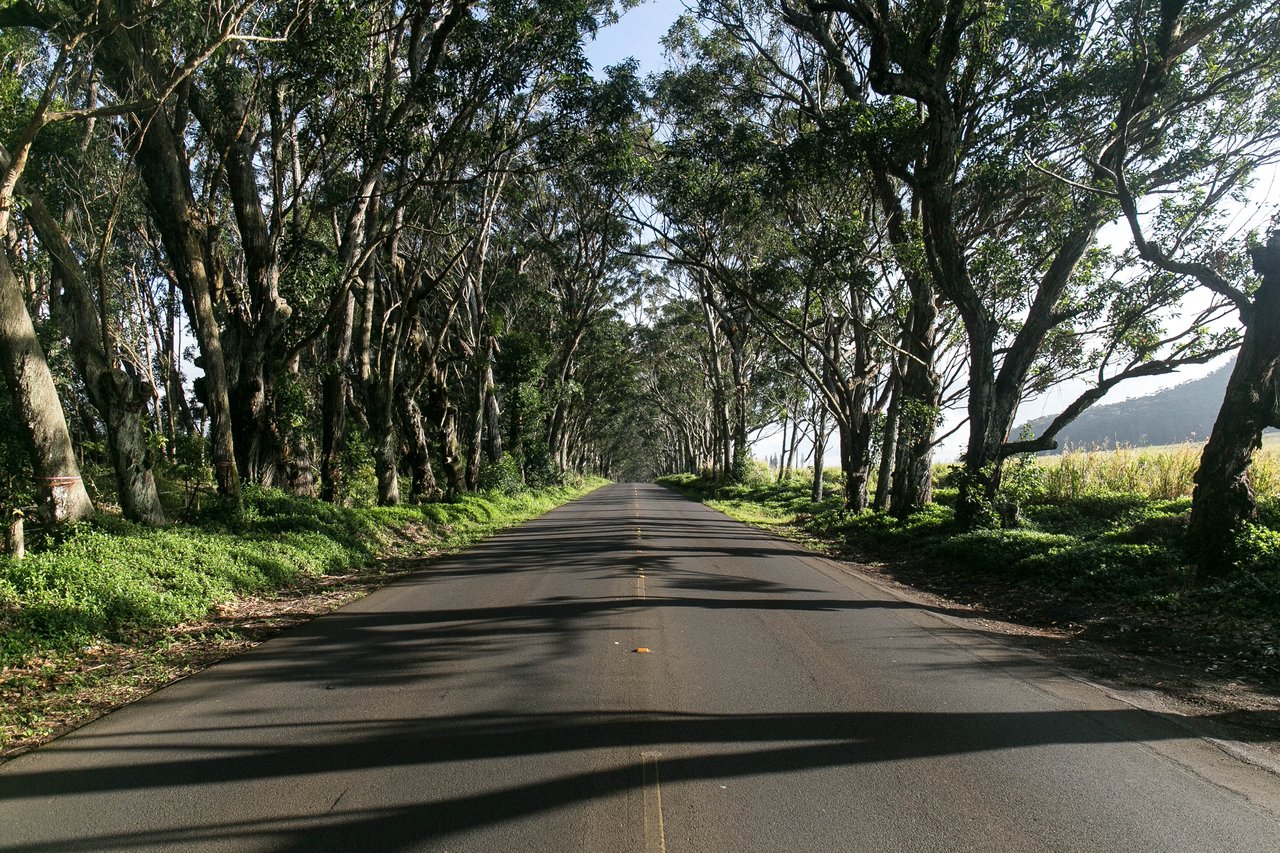
Government solution #2: “For every tree cut, 100 must be planted”
Tree cutting permits, even for those who opt to transplant trees via earth-balling, include a section which holds the cutting entities responsible for planting new trees should they either proceed to cut trees, or should the trees they transplant fail to survive. While it’s good that there’s a requirement to plant trees to replace the ones lost, we must also keep in mind that saplings planted still need to grow, and growing trees take a lot of time. Harvesting the benefits from these trees—be it providing shade, or holding the soil to keep it from eroding, or helping avert disasters—will only be once these trees have grown fully.
The kinds of trees to be planted and where they will be planted is another issue altogether. Planting the same species cut in a place unsuited for it will be counterproductive.
It’s easy to say we’ll just plant more trees, but actually doing it is harder.
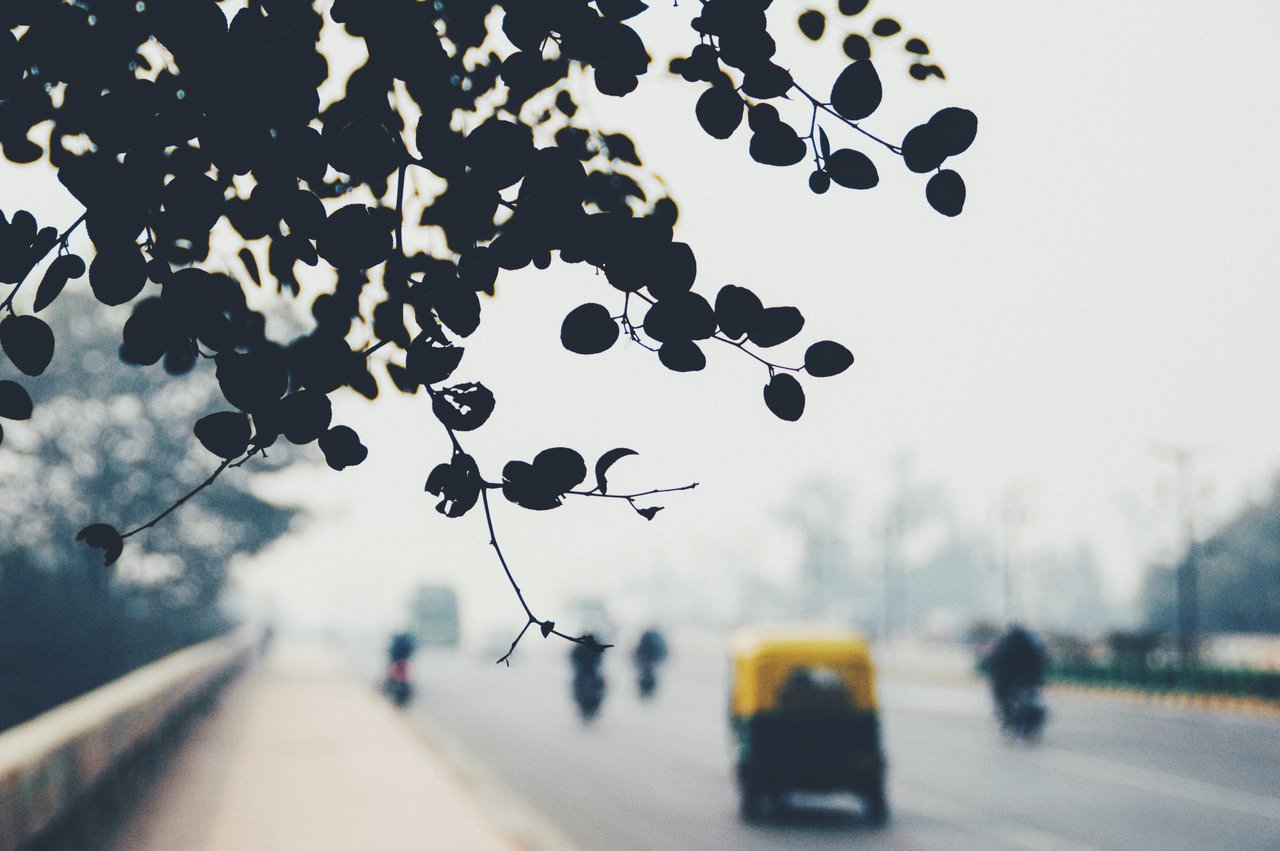
Alternative solution #1: Don’t cut trees, just build around them
Instead of disrupting the already established ecosystem, find ways to build around it. In a report by Bandila in 2014, architect Felino Palafox, Jr. talked about ways to work around nature for road widening. At the time, the road in question was the MacArthur Highway in Pangasinan. “It will become very hot kasi wala nang puno, and it will become like designed for accidents, like Commonwealth Ave.,” he said in the interview. To keep hazards from becoming disasters, it’s important to practice proper urban planning and design, even with simple roadworks.
Alternative solution #2: Work on improving other modes of transport instead
Alvarez has said that the provincial roads have become ‘too narrow for the growing number of motorists,’ the Inquirer reports. Maybe instead of immediately pushing for road widening at the cost of our trees, they can look at other ways to address the congestion problem first. Better modes of transportation is a start. They’re already looking at reviving the railway system—they should stick to that instead.
Related stories:
Native trees find a home within the city
We’ve uncovered the secret to long life
The solution to Manila’s traffic problem may be in Pasig River
How to save the environment, according to Marianna Vargas
Writer: PAULINE MIRANDA


